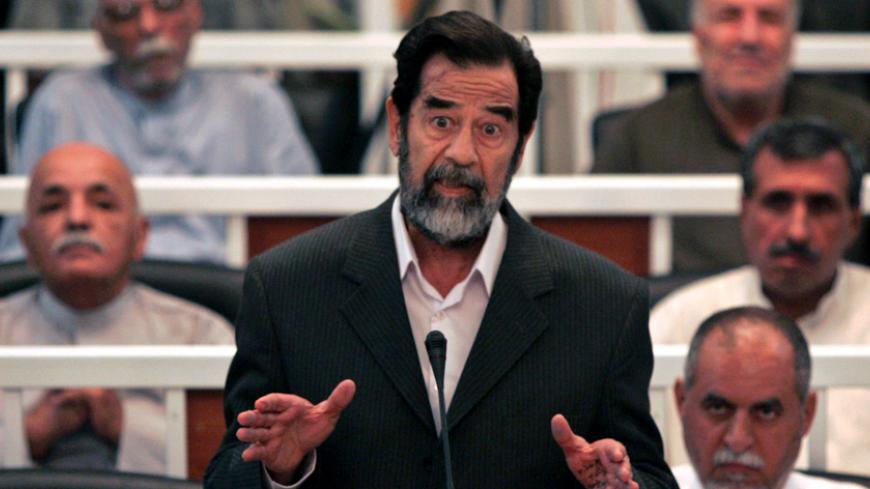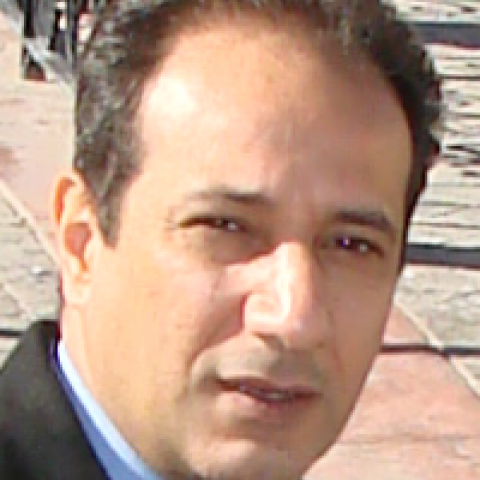Saddam Hussein's execution and burial in 2006 did not exempt him from prosecution; he was still wanted even after his death. The grave was attacked and vandalized several times by various parties, while his body mysteriously vanished. The Tikrit battles have brought back talk about Saddam in the media. The conflicting parties there, whether the Popular Mobilization Units or the Islamic State (IS), all have motives to attack his grave, which made the issue of searching for Saddam’s body an important story in the Iraqi and Arab media.
Following his execution in December 2006, Saddam Hussein was buried in his birthplace of Ouja in Tikrit governorate. Merely days after his burial, on Jan. 13, 2007, rumors spread that men from Hussein Kamel’s tribe dug up the grave, exhumed the body and fed it to dogs. A cellphone video clip showed a number of men kicking and hitting a cadaver.



